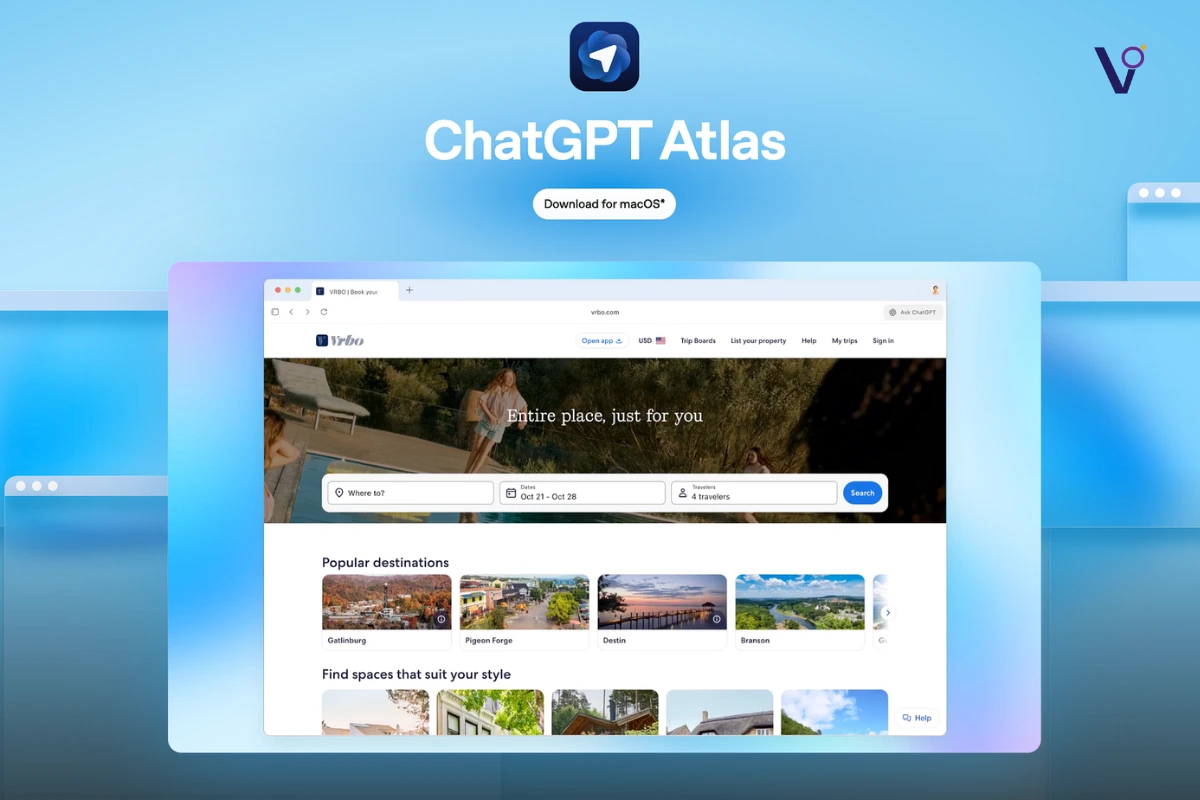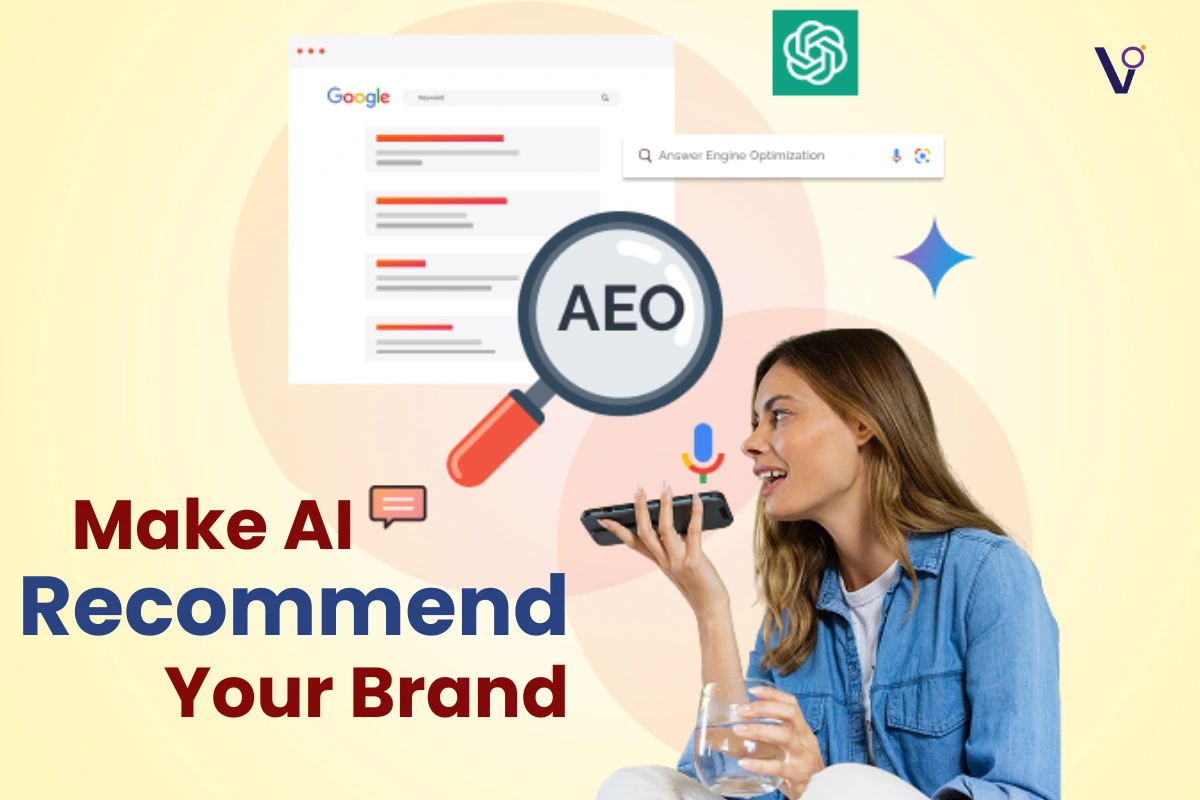Inclusive marketing isn’t a trend — it’s a necessity in today’s world. One campaign that set a solid example was the Google Pixel 6 launch in Canada, directed by Peter Huang and featuring actor Simu Liu. It stood out as the first national Mandarin-language commercial aired in the country, but more importantly, it showed how marketing can connect with communities authentically and universally.
This wasn’t just a product promotion. It was a showcase of how inclusive marketing, when done right, creates moments people recognize, relate to, and remember.
Why Insight-Driven Inclusive Marketing Matters
At the heart of any great inclusive marketing campaign is insight — not just a corporate target or a check-the-box diversity goal. The Google Pixel 6 campaign started with a feature: its live translate function. It then identified an opportunity: Mandarin is the third most spoken language in Canada, and yet, no national ad had been produced entirely in Mandarin for Canadian television.
This highlights a crucial value for brands — meaningful connection comes from knowing your product and your audience intimately. It’s about listening, observing, and identifying the stories people wish someone would tell.
As Laura Pearce, head of marketing for Google in Canada, emphasized, inclusive marketing shouldn’t be reserved for festivals or special days. Real inclusivity means showing up for communities year-round, in ways that feel true and relatable to their everyday lives.
What Makes Inclusive Marketing Authentic
Authenticity isn’t something you manufacture in a script. It’s built when you invite real people to tell their stories in their own voices. During the Pixel 6 campaign shoot, one memorable moment happened when Simu Liu’s mother naturally called him by his real-life nickname “Mama” on set — something unscripted and entirely unexpected.
Those moments give campaigns their soul. It’s a valuable reminder for brands: let your people — whether on or off-camera — bring their authentic selves to the table. When campaigns feel lived-in rather than lab-engineered, audiences notice.
Inclusive marketing thrives on openness. It’s not about perfect staging but about capturing genuine, everyday experiences that audiences can see themselves in.
The Business Case for Inclusive Marketing
Authentic inclusive marketing doesn’t just feel good — it works. The Pixel 6 ad campaign was a prime example. Before any paid advertising, it garnered over 1.4 million organic impressions, with 99% positive sentiment on social media. Viewers commented things like, “That’s exactly how it happens at my house.”
And the results followed:
- Pixel 6 sales jumped 136%
- Search interest for Pixel 6 rose 53% across Canada
- Search among Chinese Canadians surged by 154%
The campaign proved what experts have long believed — inclusive marketing connects broadly when the storytelling is honest. What may start as a culturally specific narrative often resonates universally because at its core, it’s about human connection.
Key Inclusive Marketing Lessons for Brands
If brands want to follow the path of inclusive marketing that delivers real results, there are valuable lessons to carry forward:
- Start with insight, not a checklist. Know your product and the people you want to serve.
- Show up year-round. Inclusive marketing isn’t just for holidays — it’s for everyday representation.
- Let real voices shine. Authentic stories are built with authentic people.
- Representation matters. Ensure diversity behind and in front of the camera.
- Prioritize connection over perfection. Imperfect, relatable moments create the strongest bonds.
How ViralOmega Helps Inclusive Marketing Thrive
This is exactly where ViralOmega step in. Their services amplify campaigns built on real, human stories. With expertise in Facebook Ads Management, ViralOmega helps brands turn authentic, inclusive content into measurable business growth.
By pushing campaigns like these to the right audiences — not just during cultural holidays but consistently — ViralOmega ensures inclusive marketing isn’t an occasional gesture, but a year-long, brand-defining strategy.
The Future of Inclusive Marketing
What the Pixel 6 campaign revealed wasn’t just how to market to one community, but how authentic storytelling speaks to everyone. As Laura Pearce noted, “It’s actually more universal than people think it is.”
And that’s the heart of effective inclusive marketing. When brands choose to listen, understand, and tell genuine stories, they move beyond demographics and create campaigns that feel personal and human to anyone who watches.
The takeaway for marketers? Don’t wait for the next holiday or designated month to represent a community. Build inclusive narratives now. Partner with the right people. Trust in unscripted, imperfect, real moments. And when you need to get those stories seen and heard — that’s where ViralOmega comes in.
Google Ads is a platform for paid advertising across Google services, while a Google campaign is a strategic marketing plan, like Pixel 6’s inclusive campaign, using ads to engage audiences
Google Pixel uses a competitive pricing strategy, offering premium features at accessible prices, targeting value-conscious consumers while competing with top smartphone brands through product differentiation and meaningful marketing.
The 7×7 rule suggests people need to see a marketing message at least seven times before acting, ensuring familiarity, trust, and recall through consistent, targeted brand exposure.
Examples include campaigns like Google Pixel 6’s Mandarin ad or brands showcasing authentic cultural moments, real community stories, or multilingual promotions connecting deeply with underrepresented audiences.
An inclusive market system ensures fair opportunities and access for diverse businesses and communities, promoting equity in participation, benefits, and representation within industries, economies, and marketing platforms.



